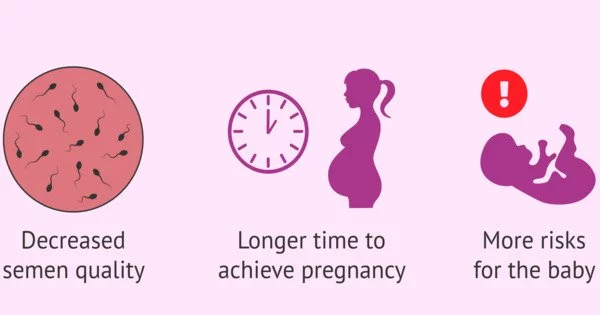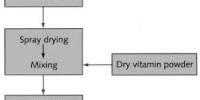The Paternal Age Effect refers to the observed increase in the risk of certain genetic disorders and birth defects in children born to older fathers. It is well-established that advanced paternal age is associated with an increased risk of a number of conditions, including autism, schizophrenia, and certain types of cancer.
The statistical relationship between the father’s age at conception and biological effects on the child is known as the paternal age effect. Birthweight, congenital disorders, life expectancy, and psychological outcomes are examples of such effects. According to a 2017 review, while higher paternal age is associated with more severe health effects, the total increase in problems caused by paternal age is small. While paternal age has risen since 1960-1970, this is not regarded as a major public health issue.
The underlying mechanisms for this effect are not fully understood, but it is thought to be related to the increased likelihood of mutations in the DNA of sperm as men age. Specifically, studies have found that the frequency of de novo mutations (i.e., mutations that arise spontaneously in the sperm and are not inherited from the mother or father) increases as men age, and that these mutations may contribute to the increased risk of genetic disorders in their offspring.
One reason for the paternal age effect is that sperm cells undergo mutations as men age, which can result in changes in the DNA sequence of the sperm. These changes can be passed on to offspring and potentially increase the risk of genetic disorders.
The genetic quality of sperm, as well as its volume and motility, may all decline with age, prompting population geneticist James F. Crow to declare that “fertile older males are the greatest mutational health hazard to the human genome.”
The paternal age effect was first proposed implicitly in 1912 by physician Wilhelm Weinberg and explicitly in 1955 by psychiatrist Lionel Penrose. DNA-based research began in 1998, in the context of paternity testing.
While the paternal age effect is real, it is important to note that the overall risk of having a child with a genetic disorder or health condition is still relatively low, even for older fathers. Therefore, while the paternal age effect should be considered when making reproductive decisions, it should not be the sole deciding factor.
It is important to note, however, that the overall risk of having a child with a genetic disorder or birth defect is still relatively low, even in older fathers. Nonetheless, the Paternal Age Effect is an important consideration for couples who are planning to have children and may be particularly relevant for couples who have a family history of genetic disorders.
















